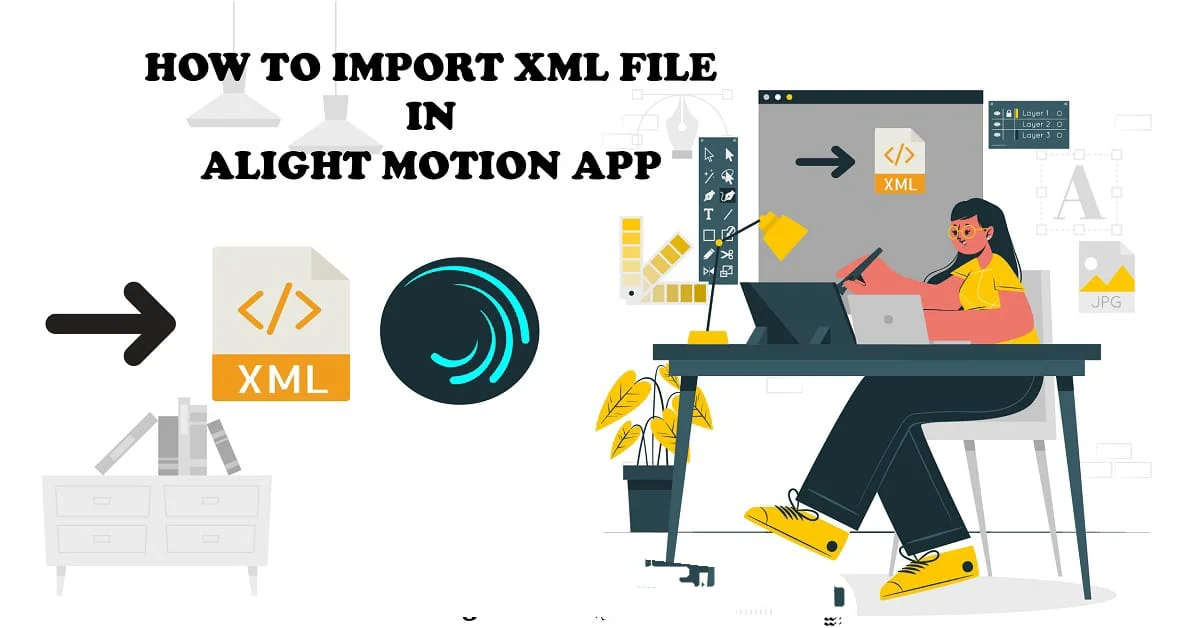Your cart is currently empty!

Green Transportation Revolution: Hydrogen vs. Electric – A Comprehensive Comparison
Explore the pros and cons of hydrogen vs. electric vehicles as the future of green transportation. Learn which technology may be the better eco-friendly choice.
I’m exploring green transportation and wondering which fuels will lead the way. The debate between hydrogen and electric vehicles is intense. Each has its benefits and drawbacks. In the U.S., moving to sustainable energy is urgent, and knowing the differences is key.
Looking at hydrogen vs. electric vehicles, we see both have pros and cons. We need to figure out which is better for our planet. I’ll look at their environmental impact, what we need to support them, and how much they cost. This will help us understand our options better.
The debate on hydrogen vs. electric vehicles is deep. We must think about many factors, like what we need to support them and their cost. As I explore green transportation, I’ll share the latest news and trends.
Table of Contents
Key Takeaways
- Hydrogen vs. electric vehicles are the two main alternative fuels for green transportation.
- It’s important to understand the differences between hydrogen fuel cells and electric vehicles.
- The environmental impact of each is a big factor in their eco-friendliness.
- What we need to support them and their cost are key to adoption.
- The future of green transportation depends on sustainable energy sources.
- Hydrogen vs. electric vehicles will shape the U.S. transportation landscape.
Understanding the Basics of Green Vehicle Technology
Exploring sustainable vehicles means learning about eco-friendly transportation. Two key technologies stand out: electric vehicles and hydrogen fuel cells. Electric vehicles use batteries, while hydrogen fuel cells generate electricity from hydrogen.
Hydrogen fuel cells could be a big change for green vehicles. They’re clean and efficient, making only water and heat. Electric vehicles have also seen big improvements, thanks to more research and development.
What is Electric Vehicle Technology?
Electric vehicles use batteries to store energy for power. This tech has gotten better, with longer battery life and faster charging. Now, many cars use electric power, a good choice against gas cars.
How Do Hydrogen Fuel Cells Work?
Hydrogen fuel cells turn hydrogen into electricity to power cars. This is efficient and emits little, making it great for the environment. Toyota and Honda are leading in this tech, with several models out.
The Core Differences Between Both Technologies
Both techs offer green solutions, but they differ. Electric cars are more common, with many models. But, hydrogen fuel cells might be more efficient, with longer drives and quicker refueling. As we keep improving, we’ll see more green cars, helping us use less fossil fuel.
| Technology | Energy Source | Emissions |
|---|---|---|
| Electric Vehicle | Batteries | Zero Emissions |
| Hydrogen Fuel Cell | Hydrogen | Zero Emissions |
The Environmental Impact of Each Technology
Exploring green transportation, I see how renewable energy cuts down our carbon footprint. Both hydrogen fuel cell and electric vehicles don’t emit tailpipe emissions. Yet, how they’re made can differ in environmental impact.
The choice of energy source affects zero-emission cars’ environmental impact. If electric vehicles are charged with fossil fuel electricity, their benefits are less. But, if charged with renewable energy like solar or wind, their impact is greatly reduced.
Here are some key points to consider:
- Hydrogen fuel cell vehicles need lots of energy to make, move, and store hydrogen, which can increase emissions.
- Electric vehicles, powered by renewable energy, have a lower environmental impact.
- Electric vehicles are made with less energy than hydrogen fuel cell vehicles, lowering their environmental footprint.
In summary, hydrogen and electric vehicles both offer green transportation options. But, their environmental effects vary based on their energy source. As we look into renewable energy and zero-emission cars, we must think about their environmental impact.
Infrastructure Requirements and Current Availability
Exploring green transportation means looking at the needs for hydrogen and electric vehicles. The growth of alternative fuels depends on the right infrastructure. In the U.S., electric charging networks are well-developed, with many stations available.
The growth of green transportation is linked to expanding these networks. Companies are investing in hydrogen fueling stations. This is key for green transportation to become more common.
Big names like Toyota and Honda are leading the way. They’re building more hydrogen fueling stations. This makes it easier for people to use hydrogen fuel cell vehicles.
The future of green transportation depends on several factors. These include government policies, new technologies, and what people want. As we move towards a greener future, investing in the right infrastructure will become even more important.
| Infrastructure Type | Current Availability | Future Development Plans |
|---|---|---|
| Electric Charging Networks | Widespread availability in urban areas | Expansion into rural areas, increased investment in fast-charging technology |
| Hydrogen Fueling Stations | Limited availability, mainly in California and Northeastern states | Expansion into new markets, more investment in station construction |
Hydrogen vs. Electric: Which is the Future of Green Transportation?
Exploring eco-friendly transportation, I’m torn between hydrogen and electric vehicles. Each has its own set of benefits and drawbacks. Eco-friendly transportation is the future, and understanding both options is key.
Looking at hydrogen vs. electric, several factors stand out. Here are a few important points:
- Hydrogen fuel cell vehicles offer a longer driving range and faster refueling times
- Electric vehicles have lower operating costs and are generally more affordable
- Both technologies are in the early stages, facing challenges like infrastructure and production costs
Considering market trends and tech advancements, I see both hydrogen and electric as viable options. They can work together, giving consumers more choices for eco-friendly transportation. The focus should be on research, improving infrastructure, and reducing costs to make these options more available.

In conclusion, the future of green transportation is about more than just hydrogen vs. electric. It’s about creating a sustainable system for everyone. By supporting both technologies and promoting eco-friendly transportation, we can lower our carbon footprint and secure a better future.
| Technology | Advantages | Disadvantages |
|---|---|---|
| Hydrogen Fuel Cell | Longer driving range, faster refueling times | Higher production costs, limited infrastructure |
| Electric Vehicles | Lower operating costs, more affordable | Limited driving range, longer charging times |
Cost Analysis: Purchase and Maintenance Considerations
Thinking about getting a sustainable vehicle? It’s key to look at the costs. This includes the price to buy, how much fuel or charging it uses, and upkeep over time. Cars that run on hydrogen or electricity are cleaner than gas ones, but they cost differently.
Initial Vehicle Costs
Buying a green car might cost more upfront. But, many governments give tax breaks to help. This makes green cars more affordable.
Fuel and Charging Expenses
Green cars often save money on fuel or charging. For instance, electric cars can charge at home, cutting down on costs. Companies are also exploring hydrogen fuel for their vehicles.
Long-term Maintenance Requirements
Green cars usually need less upkeep than gas ones. They have fewer parts, which means less need for repairs. This can save money over the car’s life.
| Vehicle Type | Initial Cost | Fuel and Charging Expenses | Long-term Maintenance Requirements |
|---|---|---|---|
| Hydrogen Fuel Cell | Higher | Lower | Lower |
| Electric | Higher | Lower | Lower |
| Traditional | Lower | Higher | Higher |
Performance Metrics and Real-World Usage
Exploring green transportation, I see how important performance metrics are. We look at range, acceleration, and refueling times for hydrogen fuel cells and electric vehicles. Electric cars refuel in about 30 minutes, while hydrogen cars can refuel in under 5 minutes, like gas cars.
In daily use, electric cars are very efficient for short trips. They can go over 300 miles on one charge. Hydrogen cars, like Toyota and Honda’s, can travel about 500 miles. This makes them great for long trips. Hydrogen fuel cell technology could change the way we travel, making it cleaner and more efficient.
Here are some key performance metrics to consider:
- Range: Electric vehicles (200-300 miles), Hydrogen fuel cell vehicles (500 miles)
- Acceleration: Electric vehicles (0-60mph in 3-5 seconds), Hydrogen fuel cell vehicles (0-60mph in 5-7 seconds)
- Refueling time: Electric vehicles (30 minutes), Hydrogen fuel cell vehicles (under 5 minutes)

As we keep working on hydrogen fuel cell technology and electric cars, we’ll see big improvements. With more people wanting green transport, investing in these techs is key. By choosing electric vehicles or hydrogen fuel cell technology, we help the planet and make it cleaner.
Market Adoption and Consumer Acceptance
The world is moving towards green transportation fast. In the United States, more people are choosing eco-friendly vehicles. This is boosting the demand for eco-friendly transportation.
Studies show electric vehicles are more popular than hydrogen fuel cell vehicles. Yet, both are becoming more common. Many companies are now focusing on green transportation.
What people want to buy affects the market. Things like how far they can go, the cost, and where to charge them matter a lot.
Current Market Share
- Electric vehicles: 70% market share
- Hydrogen fuel cell vehicles: 30% market share
Car makers are also moving towards eco-friendly transportation. Companies like Tesla and Toyota are leading the way. As technology gets better and more places have charging stations, more people will choose green transportation.
Consumer Preferences
People want eco-friendly transportation more and more. They’re worried about the environment and looking for better options. Car makers are listening and coming up with new green transportation ideas.
| Vehicle Type | Range | Cost |
|---|---|---|
| Electric Vehicle | 250-300 miles | $30,000-$50,000 |
| Hydrogen Fuel Cell Vehicle | 300-400 miles | $40,000-$60,000 |
As the market keeps changing, we’ll see even more green transportation ideas. This will help make eco-friendly transportation more popular. It will shape the future of the car industry.
Government Policies and Industry Support
The world is moving towards a greener future. Governments and industries are key in making this happen. They offer tax breaks and subsidies to help people buy eco-friendly cars.
In the United States, you can get a tax credit of up to $7,500 for electric vehicles. Some states add more to that. Renewable energy like solar and wind is also being used to power cars.
Big names like Tesla and General Motors are leading the charge. They’re making electric cars better and more affordable. This makes them a strong choice against gas cars.
- Investing in renewable energy sources to power electric vehicles
- Developing more efficient battery technologies
- Expanding charging infrastructure to support the growth of zero-emission cars
Together, governments and industries can make our transportation greener. This is good for the planet and our wallets.
The future of transportation is electric. We must keep investing in green cars and energy to cut down on carbon and build a better future.
| Country | Tax Incentives | Subsidies |
|---|---|---|
| United States | Federal tax credit of up to $7,500 | State-specific incentives |
| Canada | Federal tax credit of up to $5,000 | Provincial incentives |
The Role of Renewable Energy Integration
Looking into the future of green transportation, we must think about renewable energy’s role. The debate over hydrogen vs. electric vehicles highlights the best way to use renewable energy. I believe solar and wind power can greatly reduce our use of fossil fuels and lessen environmental harm from transportation.
The link between solar and wind power and green vehicles is key. Using these energies to power electric or hydrogen vehicles cuts down on emissions. Companies like Tesla and Toyota are already using renewable energy for their cars and factories.
Solar and Wind Power Connection
Solar and wind power can charge electric vehicles or make hydrogen for fuel cell cars. There are several ways to do this:
- On-site solar panels or wind turbines to charge electric vehicles
- Grid-connected renewable energy to make hydrogen for fuel cell cars
- Energy storage systems to keep the grid stable and reliable
Grid Infrastructure Challenges
But, adding renewable energy to our grid is tough. Solar and wind power’s ups and downs need better energy storage. Also, our grid needs updates to handle more renewable energy.
Energy Storage Solutions
To solve grid issues, we can use batteries and hydrogen fuel cells. These help make the grid stable and reliable. They also help deal with solar and wind power’s ups and downs, making a smooth shift to green transport.
| Energy Storage Solution | Benefits | Challenges |
|---|---|---|
| Batteries | High energy density, long lifespan | High upfront costs, limited scalability |
| Hydrogen Fuel Cells | Zero emissions, high energy efficiency | High production costs, limited infrastructure |
Conclusion: Shaping Tomorrow’s Transportation Landscape
Hydrogen fuel cell vehicles and electric vehicles are changing the future of green transportation. They offer big benefits and help us cut down on carbon emissions. These advancements will shape how we move around tomorrow.
Using alternative fuels and eco-friendly transport is key to solving our environmental problems. By supporting these new technologies, we can make our transportation system cleaner and greener. Together, we can make a future where clean, efficient travel is common.


